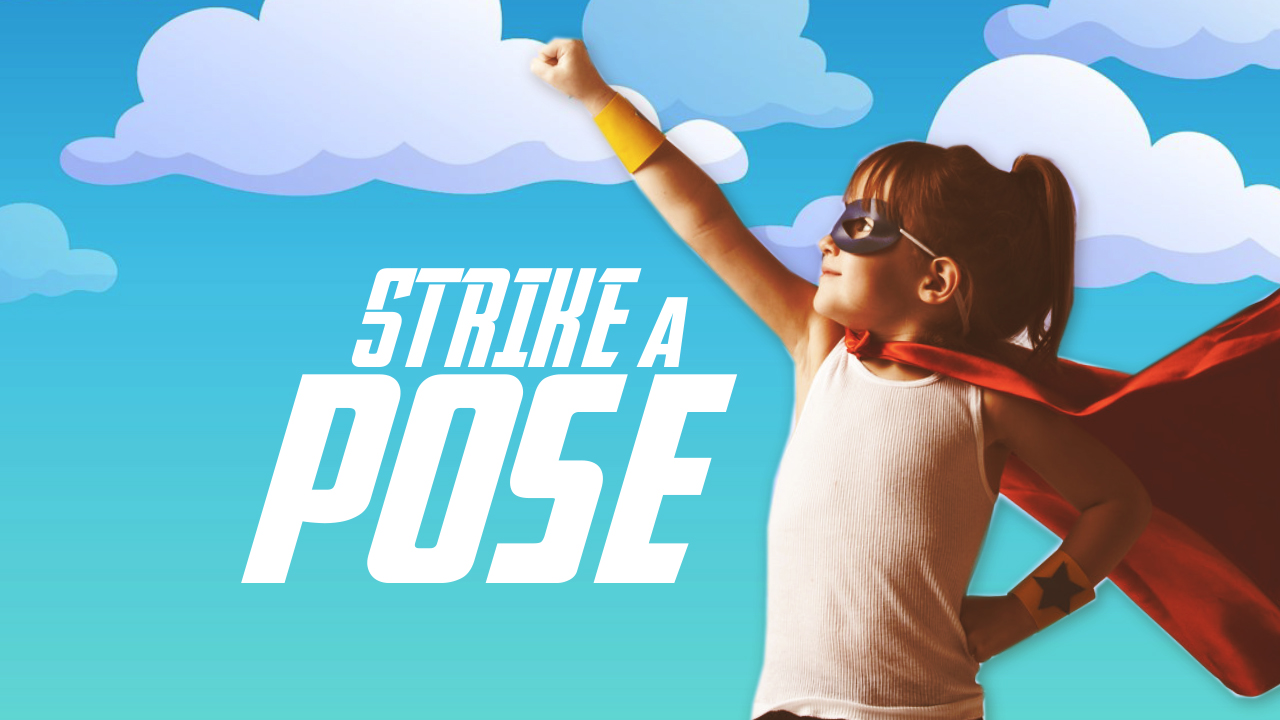
Introduction:
Directing actors to create visually striking poses is a delicate art that involves collaboration, communication, and a keen understanding of the visual language of filmmaking. In this blog post, we’ll explore techniques and tips to guide your actors in posing, ensuring that every frame tells a compelling visual story.
Understand the Scene’s Emotional Tone:
- Before diving into posing, grasp the emotional tone and context of the scene. Whether it’s a moment of tension, romance, or triumph, the actors’ poses should align with the overarching mood. Discuss the emotional beats of the scene with your actors to establish a foundation for their physical expressions.
Consider Composition and Framing:
- Familiarize yourself with the composition and framing of each shot. Understand the visual elements within the frame, including the placement of characters, props, and background. Direct actors to position themselves in ways that enhance the overall composition, drawing attention to key elements within the shot.
Encourage Natural Movement:
- Posing should feel organic and authentic. Encourage actors to incorporate natural movements that convey a sense of spontaneity. Avoid static poses and embrace subtle gestures or shifts in weight that add dynamism to the frame. Natural movement enhances the visual flow and realism of the scene.
Highlight Character Dynamics:
- Consider the relationships between characters in the scene. Posing can be a powerful tool to convey hierarchy, intimacy, or conflict. Direct actors to reflect the dynamics of their relationships through body language, creating a visual narrative that complements the emotional subtext.
Establish Blocking and Blocking Rehearsals:
- Blocking is the arrangement and movement of actors within a scene. Conduct blocking rehearsals to map out the actors’ positions and movements. Experiment with different poses and blocking scenarios to find the most visually compelling arrangement. Use this process to refine the choreography of the scene.
Pay Attention to Facial Expressions:
- Facial expressions are integral to visual storytelling. Guide your actors in expressing the emotions of their characters through nuanced facial expressions. Even subtle changes in the eyes, mouth, and brows can significantly impact the visual impact of a pose. Encourage actors to convey the internal narrative through their facial expressions.
Use Props and Environment Effectively:
- Props and the surrounding environment can enhance the visual appeal of a scene. Direct actors to interact with props in ways that feel natural and purposeful. Consider how the environment can be utilized to complement the poses and contribute to the overall visual storytelling.
Experiment with Angles and Perspectives:
- Experiment with different camera angles and perspectives to find the most visually striking compositions. Communicate with your cinematographer to explore unique angles that enhance the impact of the poses. Encourage actors to adjust their poses based on the camera’s position for optimal visual storytelling.
Maintain Consistency Across Takes:
- Consistency is crucial for visual continuity in filmmaking. Ensure that actors maintain consistent poses and movements across multiple takes, especially for scenes with complex choreography. This consistency contributes to a seamless visual narrative.
Provide Clear and Positive Feedback:
- Communication is key to successful posing. Provide clear and positive feedback to your actors. Acknowledge strong poses, and gently guide adjustments when needed. Foster an open and collaborative atmosphere that encourages actors to contribute their creative input to the visual composition.
Capture Candid Moments:
- While posing is essential, leave room for spontaneous moments. Sometimes, the most visually impactful shots emerge from candid interactions and unscripted expressions. Allow actors the freedom to explore and inject their personalities into the scene.
Review Playback and Adjust as Needed:
- Regularly review playback during rehearsals and actual filming. Assess the visual impact of the poses in the context of the overall scene. If adjustments are needed, communicate effectively with your actors and make refinements to achieve the desired visual result.
Conclusion:
Directing actors to create visually stunning poses requires a collaborative approach that considers the emotional context, composition, and overall visual storytelling goals. By fostering open communication, encouraging natural movements, and paying attention to details, directors can guide their actors to deliver poses that elevate the cinematic experience, creating frames that linger in the minds of the audience long after the credits roll.





